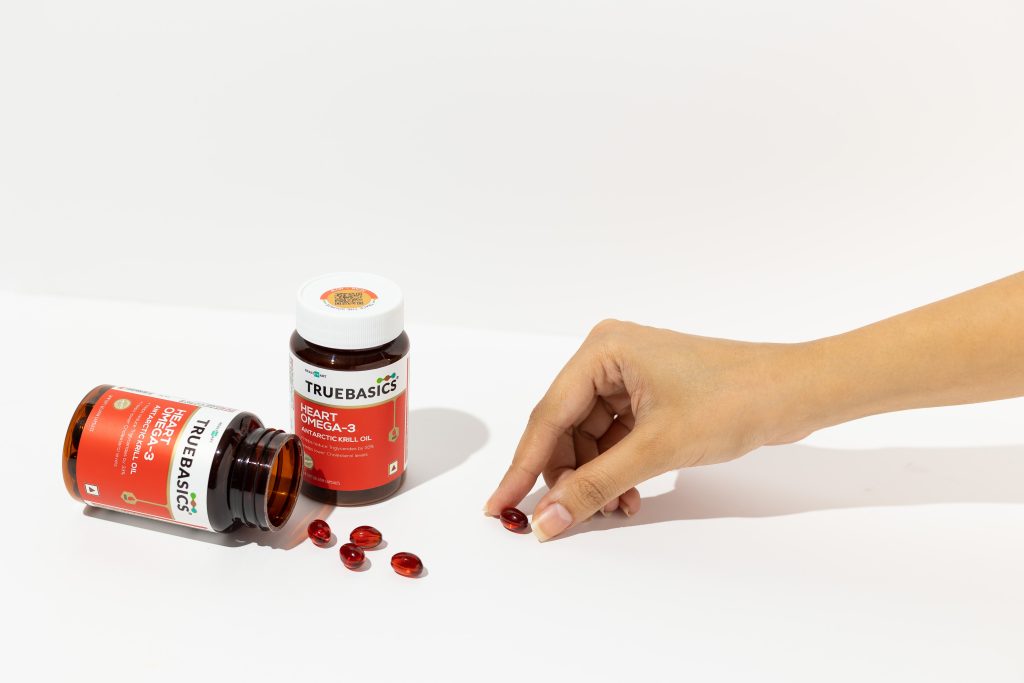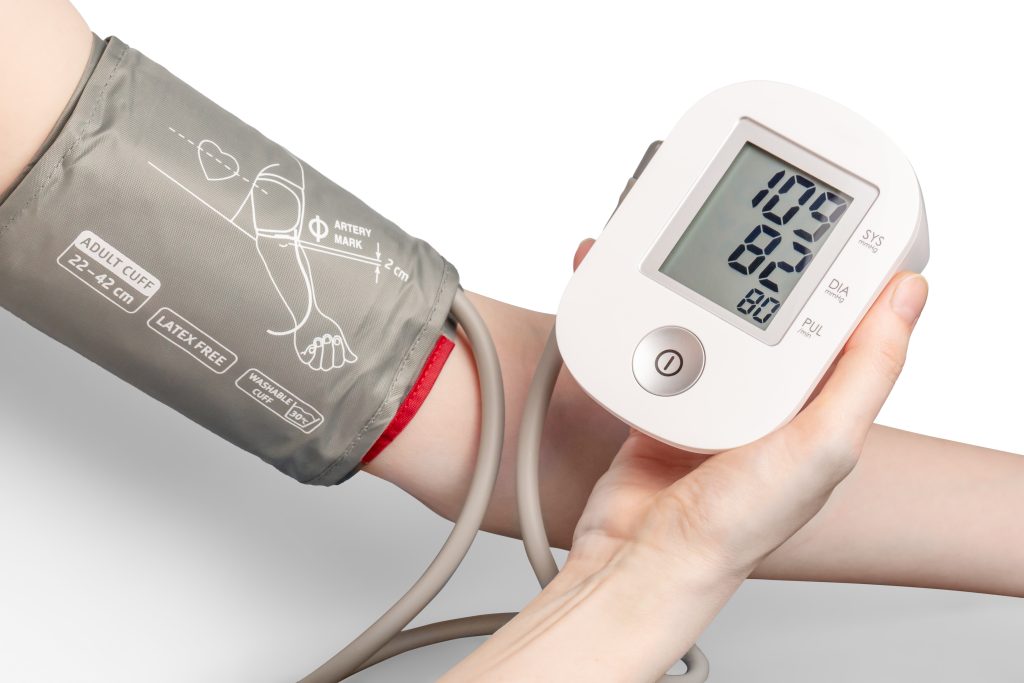One can argue that the most realistic way to ‘feel’ alive is when the heart beats faster. You are aware of your entire being, throbbing through your veins and arteries, even in your ears, as you take long gasps of air, say after a run or brisk walk. Come to think of it, apart from these very moments, we are seldom aware of the miracle that the body is, living blissfully ignorant of the impact that each heartbeat has on our body. But heartbeats do have an impact on our heart. They create resting and walking heart rate.

When our hearts pump faster after a brisk run or walk, we tend to feel most energized. During these times, we become more aware of our bodies and how each heartbeat affects us. However, we usually don’t think much about what a miracle our heart is and how it keeps us alive. Keeping track of our heart rates as we go about our daily activities can tell us a lot about our cardiovascular fitness and health. In this article, we will explore everything you need to know about heart rates, including resting and walking heart rates, and how they are calculated.
What is heart rate?
The heart rate or ‘pulse rate’ is defined as the number of times your heart beats in a minute. While mostly useful in monitoring our fitness level, your pulse is also one of the first markers used to ascertain your health by a doctor.
In order to get a reading of your current heart rate, you can gently place your finger on the following parts of your body and count the number of beats in a minute:
- Inside of your elbow
- Side of the neck
- Wrist
- Top of the foot
Do you know this about heart rate?
Your heart beats around 100000 times and pumps around 2000 gallons of blood every single day!
Average walking heart rate
The number of times your heart beats in a minute while your body is at rest is known as the resting heart rate. Average resting heart rate varies from 60 to 100 beats a minute. People who regularly indulge in physical activity may have a normal resting heart rate as low as 40 beats per minute. This is because they have a healthy heart muscle that does not need to work too hard to maintain a steady rhythm.

Normal heart rate during walking on the other hand, varies on the basis of multiple factors including fitness level, age, and intensity or speed of walking. The average walking heart rate for a healthy adult may ideally range between 100-120 beats per minute. Again, with increasing intensity, the walking heart rate will also increase. For example, while brisk walking the average heart rate would be 120-140 beats per minute, and while walking uphill it may go up to 150-170 beats per minute. If you have a heart rate 170 when walking, you should definitely consult a doctor.
Maximum heart rate and its role in cardiovascular fitness
Your maximum heart rate can be defined as the rate at which your heart works the hardest in order to fulfil your body’s oxygen requirements. As per studies, your maximum heart rate can be calculated using the following formula:
HRmax = 208 – (0.7 x age)
When standing, your heart rate may increase by approximately 15-20 beats as compared with the resting heart rate. Therefore, we can conclude that your normal heart rate when standing and walking varies from your resting heart rate. Tracking the same can help you improve your levels of cardiovascular fitness significantly.
Improving your cardiovascular fitness can help you lower the resting heart rate and increase the maximum heart rate as well as aerobic capacity of your body.
Expert advice: As per studies conducted by American Heart Association, during moderate-intensity workouts, your ideal heart rate should be 50-70% of your maximum heart rate, and during high-intensity workouts, about 70-85% of your maximum heart rate.
Other factors that impact your heart rate
No matter what your normal heart rate while walking or at rest is, there are some external factors that impact your pulse:
- Your emotions
- Size of your body
- Medications and health conditions
- Position of your body
- Temperature
Conclusion
This was all you should know about heart rates. Additionally, you should focus on the consumption of a heart-healthy and balanced diet since it directly impacts your heart’s performance. Work on controlling your portion size, adding more whole grains and fruits & veggies, reducing salt intake, and limiting unhealthy fats. Healthy fats can be consumed in the form of low-sodium foods, TrueBasics Heart Omega-3, increased magnesium intake, and so on. You may also opt for consultation with a certified nutritionist to get a customized diet plan based on your requirements. Speaking of healthy fats, Omega-3 fatty acids are beneficial in reducing cholesterol levels and triglycerides too. Heart Omega-3 from the house of TrueBasics, Healthkart precisely does that with Antarctic Krill Oil.














